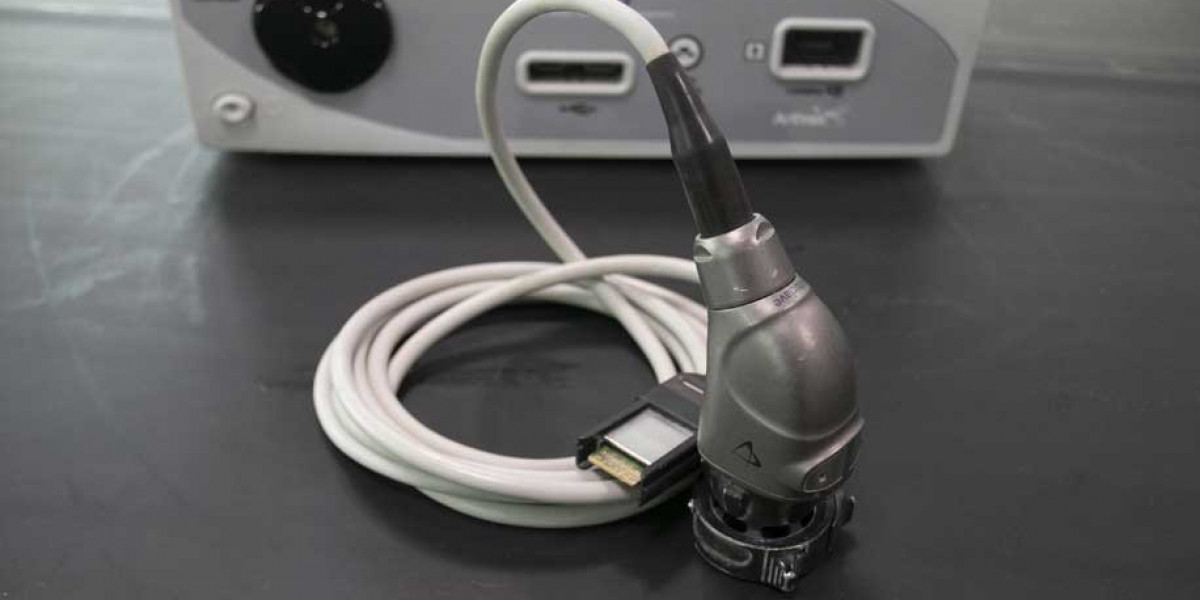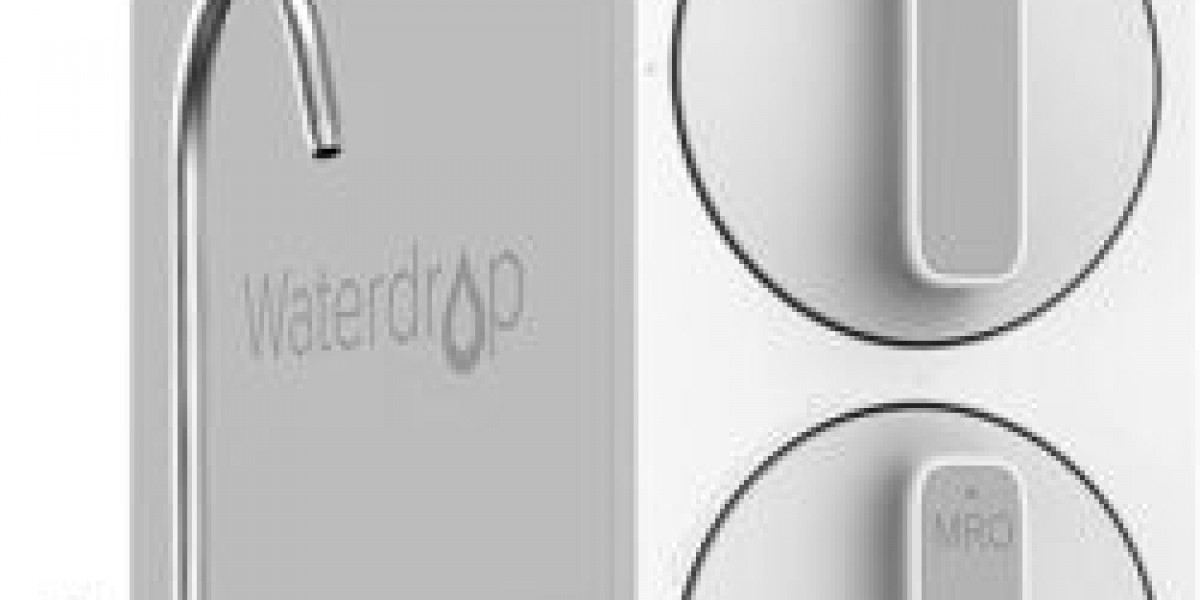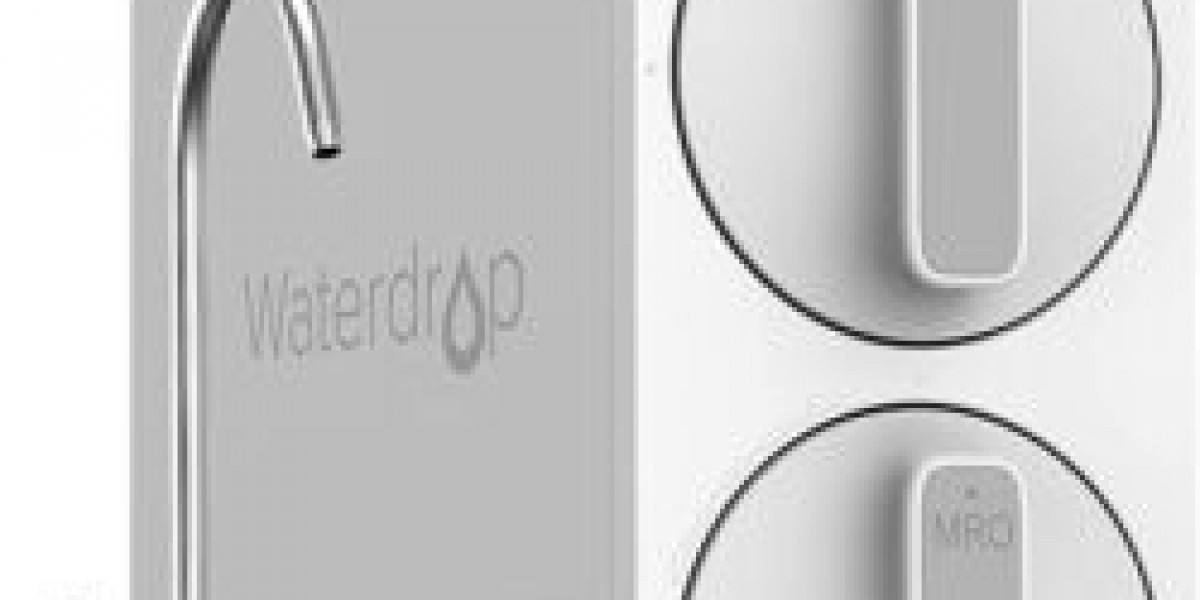The medical camera market is undergoing a transformation driven by technological advancements and rising demand for precision diagnostics. These innovations enhance visualization, improve surgical outcomes, and enable minimally invasive procedures. With the integration of artificial intelligence (AI), 3D imaging, and robotics, the future of medical imaging is becoming more efficient and accessible.
Technological Advancements in Medical Cameras
1. High-Resolution Imaging and 3D Visualization
Modern medical cameras now offer ultra-high-definition (4K and even 8K) imaging, significantly improving the clarity and precision of medical procedures. High-resolution imaging enables surgeons to detect minute details, enhancing accuracy in surgeries, endoscopies, and diagnostic procedures. Additionally, 3D visualization technology allows for better depth perception, especially in minimally invasive surgeries (MIS), where precision is crucial.
2. Integration of Artificial Intelligence (AI)
AI-powered medical cameras are revolutionizing diagnostics and surgical procedures. AI algorithms assist in image enhancement, real-time anomaly detection, and automated diagnostics, reducing human errors. Machine learning models can analyze vast amounts of imaging data to provide real-time feedback, helping medical professionals make informed decisions. AI-driven endoscopy and robotic-assisted surgeries are prime examples of AI integration in medical imaging.
3. Wireless and Compact Camera Systems
Miniaturization of medical cameras has led to the development of compact, wireless, and wearable imaging devices. Capsule endoscopy, for example, allows patients to swallow a small camera pill that captures images of the digestive tract, eliminating the need for invasive procedures. Wireless cameras also improve mobility and reduce the risk of infections associated with wired systems.
4. Augmented Reality (AR) and Virtual Reality (VR) in Medical Imaging
AR and VR are enhancing medical imaging by providing real-time overlays and immersive visualizations. AR-assisted surgeries allow doctors to view patient anatomy superimposed with critical information, while VR enables medical students to practice procedures in a risk-free virtual environment. These technologies improve precision, training, and patient outcomes.
5. Thermal and Multispectral Imaging
Beyond traditional visible-light imaging, thermal and multispectral medical cameras provide additional diagnostic capabilities. Thermal imaging helps detect infections, inflammation, and vascular abnormalities, while multispectral imaging allows for deeper tissue analysis. These innovations are proving valuable in fields such as dermatology, oncology, and ophthalmology.
Market Trends and Growth Drivers
1. Rising Demand for Minimally Invasive Surgeries (MIS)
Minimally invasive procedures are gaining popularity due to shorter recovery times, reduced scarring, and lower infection risks. High-definition endoscopic cameras and robotic-assisted surgical systems play a crucial role in MIS, driving the growth of the medical camera market.
2. Expanding Applications in Telemedicine and Remote Healthcare
The COVID-19 pandemic accelerated the adoption of telemedicine and remote healthcare solutions. Medical cameras enable remote diagnosis, allowing healthcare professionals to assess patients without physical presence. This is particularly beneficial in rural and underserved regions, ensuring better access to healthcare.
3. Increasing Investments in R&D and Healthcare Infrastructure
Governments and private investors are funding research and development (R&D) to enhance medical imaging technologies. Advances in optics, sensor technology, and AI-driven imaging solutions are propelling market growth. Additionally, hospitals and healthcare facilities are upgrading their imaging equipment to provide better patient care.
4. Regulatory Challenges and Data Security Concerns
Despite the advancements, the medical camera market faces challenges, including stringent regulatory approvals and data security concerns. Medical imaging data is highly sensitive, requiring robust cybersecurity measures to prevent breaches. Compliance with regulations like HIPAA (Health Insurance Portability and Accountability Act) is essential for market players.
5. Growing Adoption of Smart Hospitals and Digital Health Technologies
Smart hospitals leverage AI, IoT, and big data analytics to enhance healthcare services. Medical cameras play a vital role in these digital health ecosystems by providing real-time imaging data that integrates with electronic health records (EHRs), improving workflow efficiency and patient management.
Future Outlook of the Medical Camera Market
The future of the medical camera market is promising, with continuous innovations making imaging more efficient, accessible, and intelligent. Emerging trends such as AI-powered diagnostics, robotic-assisted surgeries, and AR-guided procedures will shape the next generation of medical imaging. As healthcare providers embrace these advancements, patient care will become more precise and effective, ultimately improving global health outcomes.
Governments, healthcare institutions, and technology companies must collaborate to address challenges related to cost, regulation, and data security. By fostering innovation and ensuring equitable access to advanced imaging technologies, the medical camera market will continue to evolve and redefine modern healthcare.








